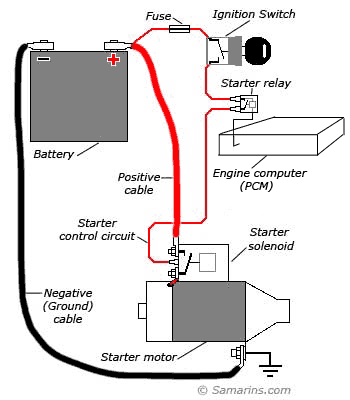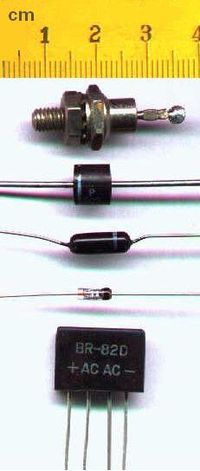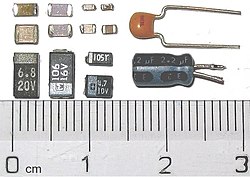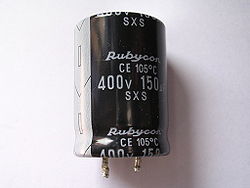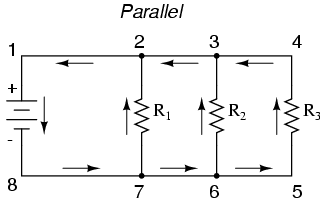The stator is a group of conductors that are held stationary at right angles to the rotating magnetic field.
As the rotor turns the magnetic field cuts across the stators conductors, inducing current into the conductors
The stator is the stationary part of a rotor system, found in an electric generator, electric motor and biological rotors.
Depending on the configuration of a spinning electromotive device the stator may act as the field magnet, interacting with the armature to create motion, or it may act as the armature, receiving its influence from moving field coils on the rotor.
The first DC generators (known as dynamos) and DC motors put the field coils on the stator, and the power generation or motive reaction coils on the rotor. This was necessary because a continuously moving power switch known as the commutator is needed to keep the field correctly aligned across the spinning rotor. The commutator must become larger and more robust as the current increases.
The stator of these devices may be either a permanent magnet or an electromagnet. Where the stator is an electromagnet, the coil which energizes it is known as the field coil or field winding.
An AC alternator is able to produce power across multiple high-current power generation coils connected in parallel, eliminating the need for the commutator. Placing the field coils on the rotor allows for an inexpensive slip ring mechanism to transfer high-voltage, low current power to the rotating field coil
Stator Winding
A stator winding is simply the stationary winding in an electric motor, either for rotary or linear.
The stator in an AC motor is a wire coil, called a stator winding, which is built into the
motor.
When this coil is energized by AC power, a rotating magnetic field is produced.
The stator windings have a very low resistance and the winding is also insulated from the frame.The stator in an AC motor is a wire coil, called a stator winding, which is built into the
motor.
When this coil is energized by AC power, a rotating magnetic field is produced.
The motor stator winding is identical to a generator armature that has a like amount of poles.
Each stator winding is overlapped and is electrically and mechanically 120 degrees out of
phase




